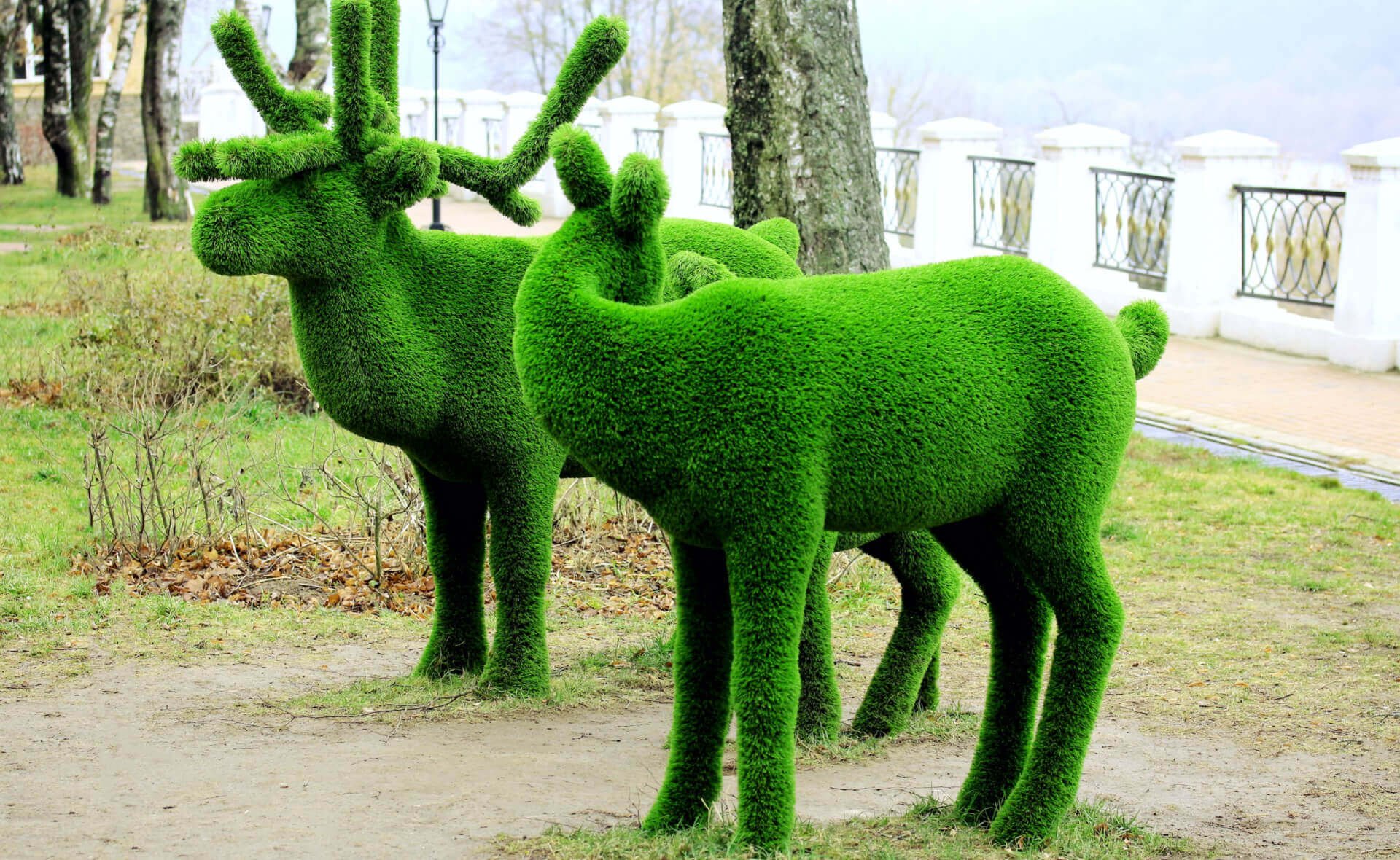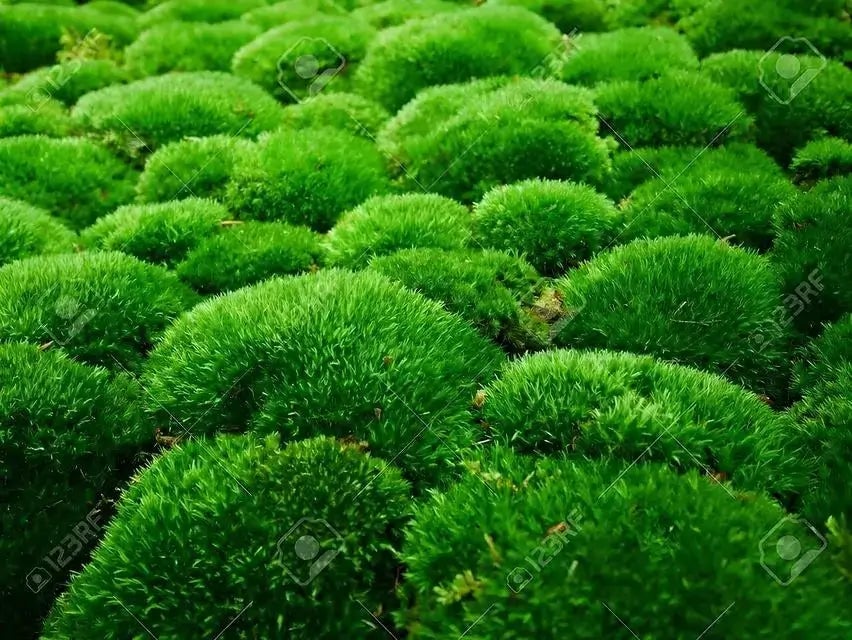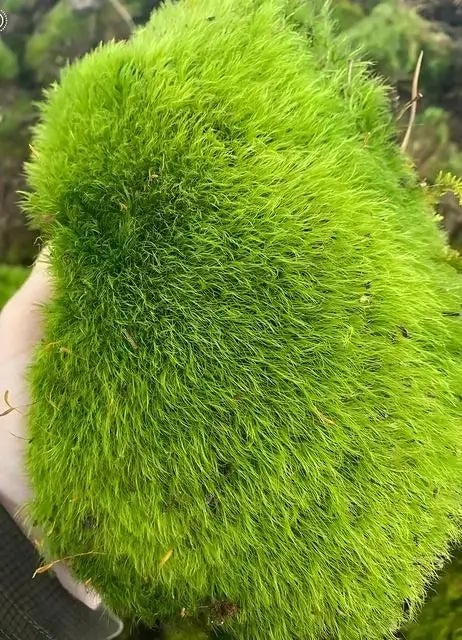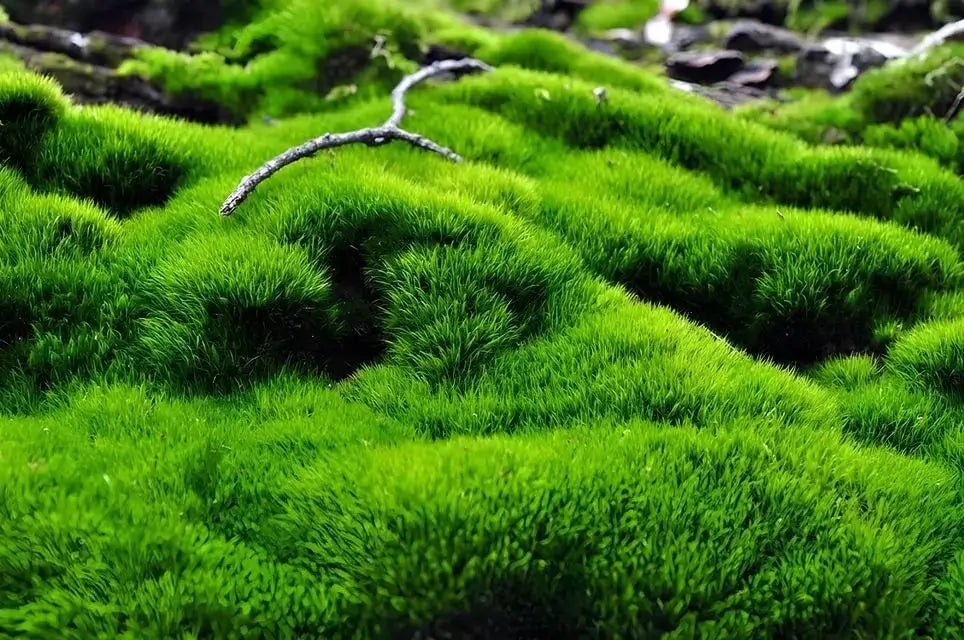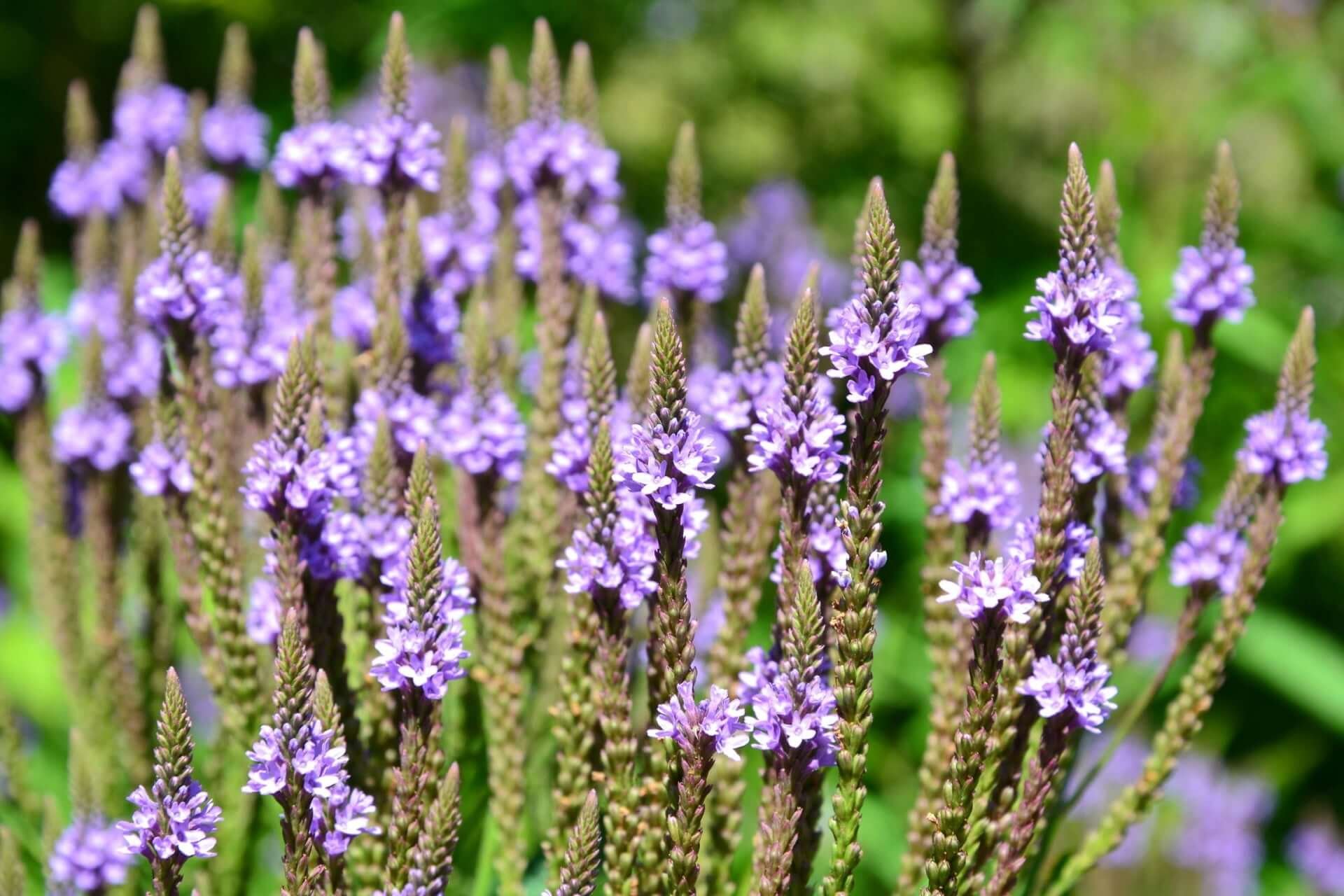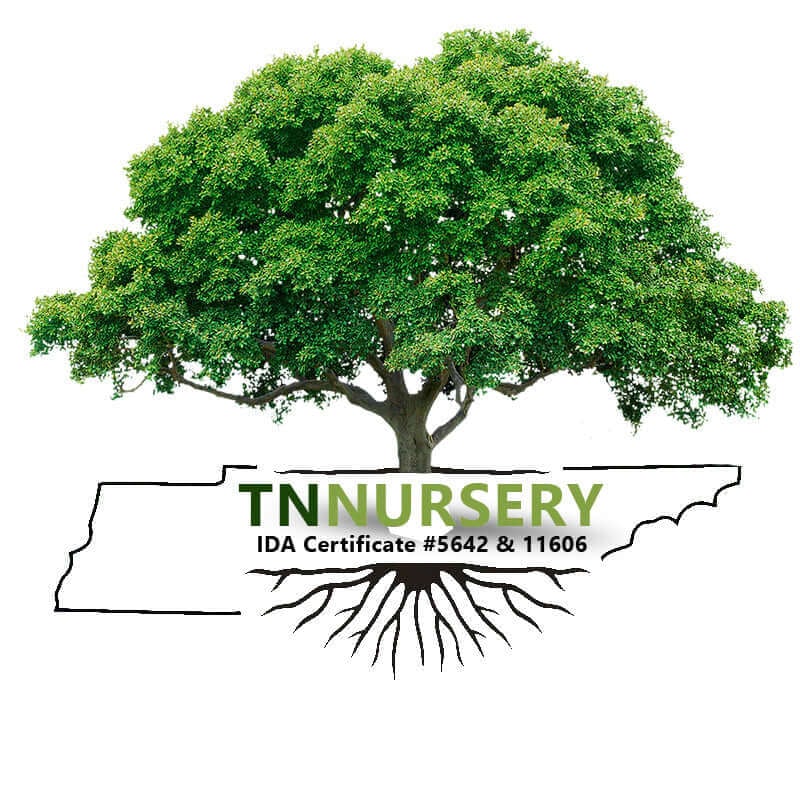Luscious, Green Oasis
Moss gardens have gained popularity recently as people seek sustainable and low-maintenance landscaping options. The moss can convert any outdoor area into a tranquil and captivating sanctuary. In this guide, we'll explore the world of moss gardening, offering tips and inspiration for creating your moss garden. We'll focus on three popular types of moss: broomfork moss, tree moss, and topiary moss.
Understanding Mosses
Before delving into the specific moss varieties, it's essential to understand the basics of mosses. Mosses are non-vascular plants that thrive in damp and shaded environments. They are incredibly resilient and adapt to various conditions, ideal for gardeners with diverse landscapes. Mosses are crucial in maintaining ecological balance by providing habitat and food for insects and small animals. Additionally, they have a calming effect on human senses, making them an excellent choice for gardeners seeking tranquility and beauty in their outdoor spaces.
Broomfork Moss (Dicranum scoparium)
Broomfork moss, or windswept moss, is a delightful addition to any moss garden. This moss species is characterized by its upright and feathery appearance, resembling tiny green brooms. Here are some tips and inspiration for incorporating broom fork moss into your garden:
- Location: Broomfork moss prefers partial to full shade, making it an excellent choice for areas with limited direct sunlight, such as beneath trees or along shaded pathways.
- Soil Preparation: Mosses are adaptable and can grow on various surfaces, including soil, rocks, and logs. To encourage the growth of broomfork moss, ensure that the substrate is acidic, well-draining, and free of debris.
- Maintenance: Broomfork moss is relatively low-maintenance. Regular misting or light watering is recommended to keep it looking fresh, especially during dry periods. Avoid excessive foot traffic on the moss to prevent damage.
- Inspiration: Consider creating a mossy pathway lined with broomfork moss to add a touch of enchantment to your garden. You can create a natural woodland feel by planting it between stepping stones or covering rocks and boulders.
Tree Moss (Climacium dendroides)
Feather moss, also known as tree moss, is an excellent choice for gardeners who want to add texture and depth to their moss garden. Its feathery and tree-like appearance creates a unique visual appeal. Here are some tips and inspiration for incorporating tree moss into your garden:
- Location: Tree moss thrives in moist and shaded areas and often grows on rotting logs, rocks, and tree trunks. Consider placing it in areas with ample moisture and shade to mimic its natural habitat.
- Soil Preparation: Like broomfork moss, tree moss prefers acidic and well-draining soil. You can create a moss bed by mixing peat and sand to create an ideal substrate for tree moss to flourish.
- Maintenance: Tree moss requires consistent moisture to thrive. Keep the moss bed moist, but avoid overwatering, as excess moisture can cause unwanted moss varieties to grow.
- Inspiration: Create a mossy focal point by incorporating tree moss onto a decorative log or tree stump. This can be an exceptional and captivating centerpiece for your moss garden. Additionally, consider planting tree moss around the base of more giant trees to enhance the woodland ambiance.
Topiary Moss (Hypnum cupressiforme)
Topiary moss offers an opportunity for creative expression in your moss garden. This variety can be shaped and maintained to create intricate moss sculptures and designs, adding an artistic dimension to your outdoor space. Here are some tips and inspiration for using topiary moss:
- Location: Topiary moss can adapt to various light conditions, from partial shade to filtered sunlight. However, it thrives in areas with indirect light or dappled shade.
- Shaping and Maintenance: The key to topiary moss is careful shaping and trimming. You can create various shapes, such as animals, geometric patterns, or even whimsical designs.
- Pruning regularly is necessary to keep the plant's desired shape.
- Soil Preparation: Provide topiary moss with a well-draining, acidic substrate, such as a mix of peat moss and sand. This will encourage healthy growth and ensure the moss retains its vibrant green color.
- Inspiration: Let your imagination run wild with topiary moss. Create intricate moss sculptures that serve as focal points or whimsical garden art. You can also use topiary moss to accentuate other elements in your moss garden, such as pathways or borders.
Moss Garden Design Tips
Now that we've explored specific moss varieties, here are some general design tips to help you create a stunning and harmonious moss garden:
- Diversity: Mix and match different moss species to create visually appealing textures and shades of green mosaic. For depth and interest in your garden, consider combining broomfork moss, tree moss, and topiary moss.
- Hardscape Integration: Incorporate moss into your garden's hardscape elements, such as stone walls, stepping stones, or decorative rock formations. This seamless blend of moss and hardscape can create a more natural and integrated look.
- Moisture Control: Mosses thrive in consistently moist conditions. You can use a spray bottle to hydrate your moss garden during dry spells.
- Minimal Foot Traffic: Mosses are delicate, and excessive foot traffic can damage their light structure. Create designated pathways and stepping stones to guide visitors through your garden without trampling on the moss.
- Seasonal Interest: While mosses remain green year-round, add seasonal interest by incorporating other shade-loving plants like ferns, hostas, or woodland flowers that can complement the mosses and provide varying colors and textures throughout the year.
Creating a moss garden can be a rewarding and meditative experience, allowing you to connect with nature and transform your outdoor space into a tranquil oasis. Whether you choose broomfork moss, tree moss, or topiary moss, each variety offers unique characteristics that can enhance your garden's beauty. Remember that mosses are resilient and adaptable, making them suitable for various environments. Your moss garden can thrive and bring you years of enjoyment with proper care and attention. So, roll up your sleeves, get creative, and embark on a moss gardening journey that will leave you with a lush, green sanctuary to cherish for years to come.


